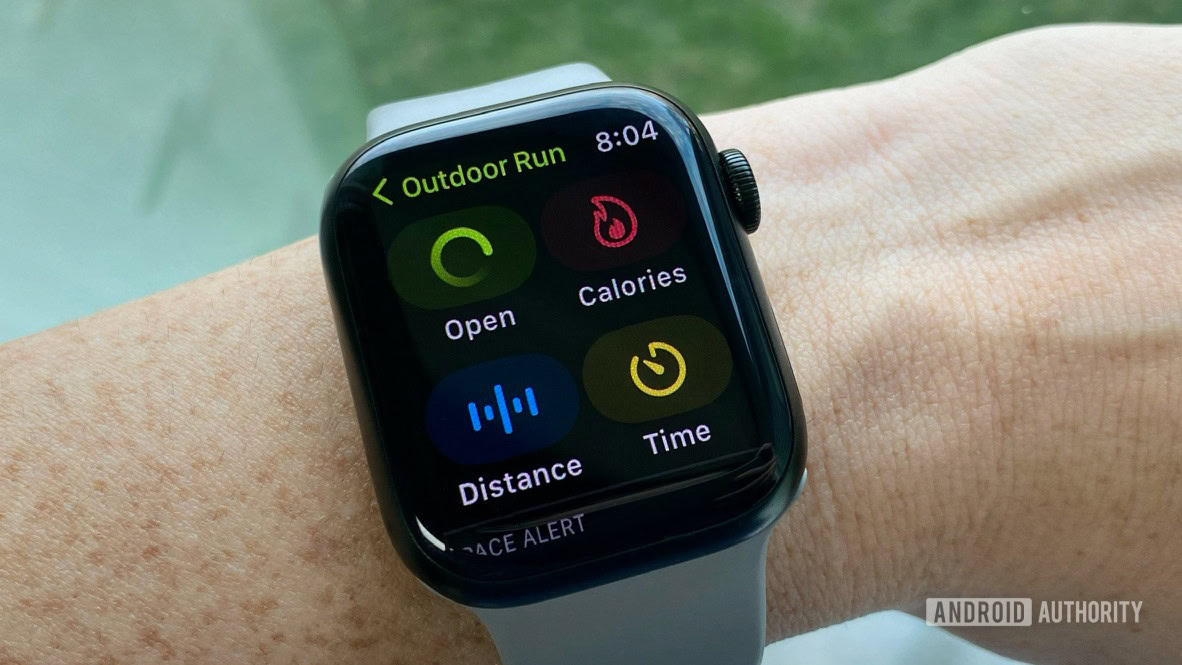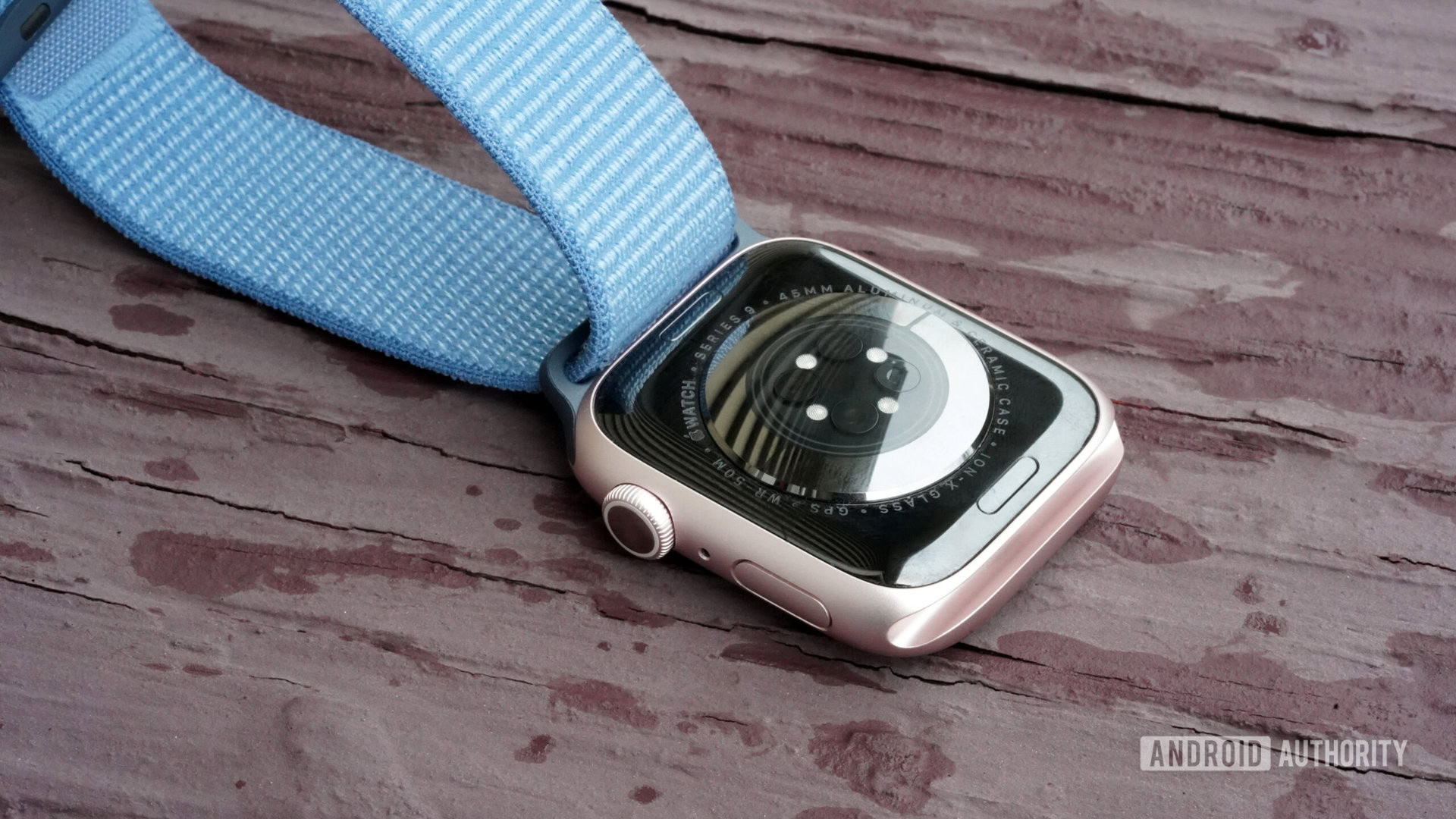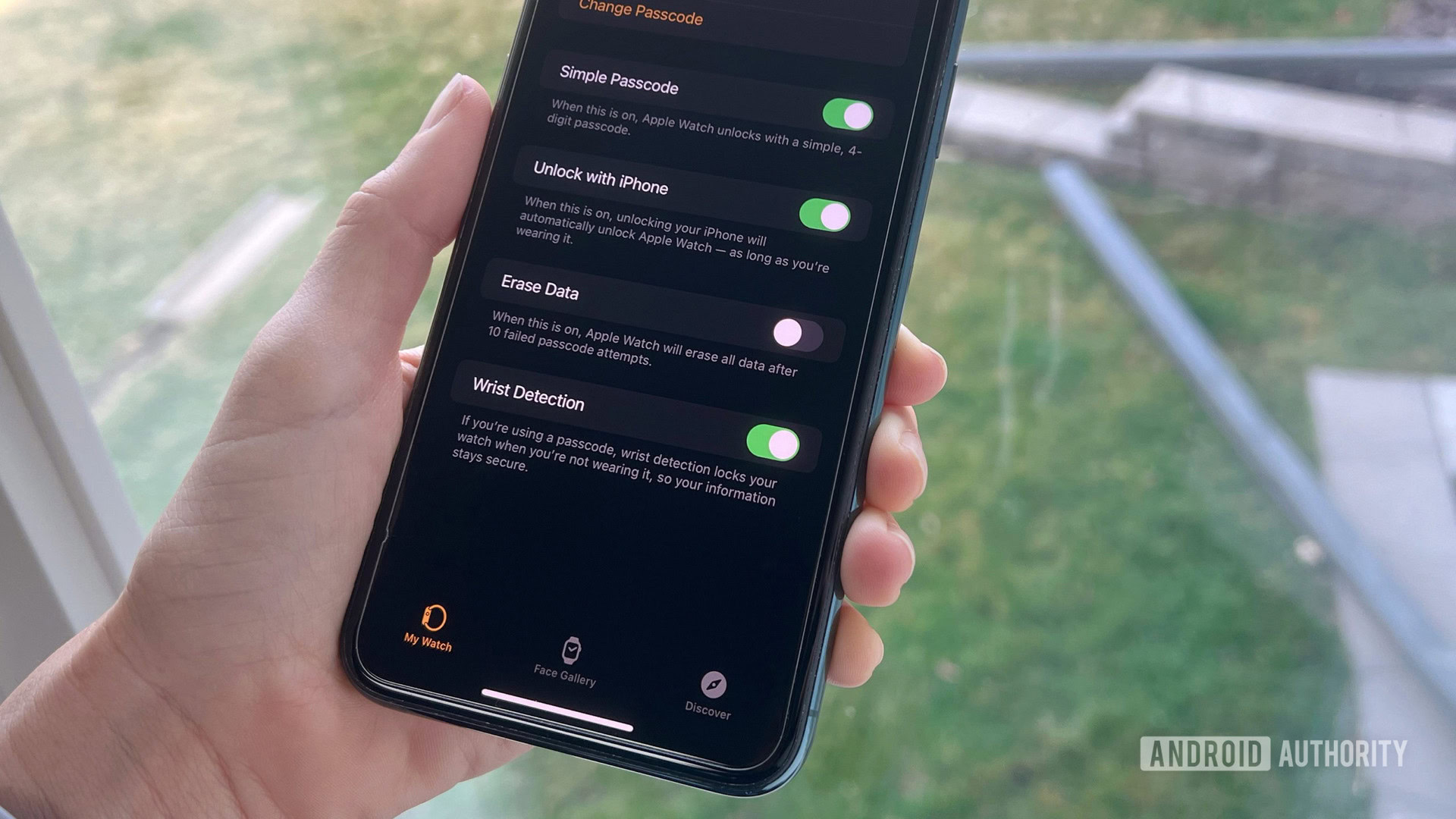Affiliate links on Android Authority may earn us a commission. Learn more.
How does the Apple Watch calculate calories burned and is it accurate?

Feeling the burn is especially satisfying with a calorie count right on your wrist. But can you count on it? Find out how your Apple Watch calculates the calories you burn and learn whether the stats on your smartwatch are accurate.
QUICK ANSWER
Your Apple Watch uses information such as your height, weight, age, gender, heart rate, and movement throughout the day to calculate how many calories you burn. It's an estimation, of course, but generally, the results are considered fairly accurate.
JUMP TO KEY SECTIONS
How does the Apple Watch calculate calories burned?

When setting up your Apple Watch, the device asks you to input your age, gender, weight, and height. Meanwhile, as a fitness tracker, the device itself equips various sensors to actively track your activity and heart rate. Through a series of algorithms, Apple uses this data to estimate how many calories you burn.
Additionally, your Apple Watch allows you to specify your activities for improved accuracy during workouts. Choosing a relevant type of workout (such as outdoor cycling or swimming, for example), enables your Apple Watch to use the appropriate sensors and data sources when estimating calories. This results in specific calorie calculations for each workout type.
Is the calculation accurate?
Once you know how the Apple Watch calculates calories burned, the next question is its accuracy. Bluntly speaking, Apple’s measurements are called estimates for a reason. Outside of an extremely controlled environment, it would be very difficult to determine your caloric burn with 100% accuracy on any fitness tracker. However, Apple Watches are powerful tools, and these estimates are largely considered dependable.
Tips for getting the most accurate results

- Enable Wrist Detection: Wrist Detection allows your Apple Watch to take background heart rate readings, such as walking and resting rates. It also enables the device to track your Stand progress. To enable Wrist Detection, open the Watch app on your paired iPhone. Tap the My Watch tab, then scroll down to and tap Passcode. Slide the Wrist Detection toggle to the on position.
- Choose your workout: As mentioned, your Apple watch adjusts your calorie burn calculations depending on which type of exercise you are doing. Choose the correct workout before starting to record your activity.
- Update your data: As data points such as height, weight, and even medication use can impact the accuracy of your estimated calories, keep personal information current. To do so, open the Watch app on your paired iPhone and tap the My Watch tab, then scroll down to and tap Health. Tap Health Details. Finally, tap Edit, then tap the details you want to adjust.
- Check your fit: Your Apple Watch uses data from its heart rate sensor to estimate calories during workouts. With this in mind, be sure to wear your watch appropriately and equip a reliable band. Strap on a snug fit with the device centered on the top of your wrist.
- Calibrate your device: Maximize the accuracy of your calorie estimates by calibrating your Apple Watch. In addition to fine-tuning your distance and pace data, calibrating your watch will also help the device learn your fitness level and stride.
FAQs
Active calories refer to the calories an individual burns during physical activity. The red Move ring on your Apple Watch represents these. Resting calories are those that your body burns during inactivity. Maintaining bodily functions, from breathing to digesting food, burns calories, likely without you even noticing. The rate at which your body burns resting calories can be estimated based on weight, height, age, and gender.
If you are interested in tracking the calories you consume, several third-party calorie-counting apps offer Apple Watch compatibility, including MyFitnessPal.
According to Harvard Health, most women need 1,600 to 2,000 calories per day, while the average man requires 2,000 to 2,400 calories per day. However, caloric needs are extremely personal and dependent on several health factors. These include age, activity level, body type and size, and goals.
While all three companies produce powerful wearables, we feel each caters to specific types of users. Comparing Apple vs Fitbit devices, we find the latter are best suited for those who are new to fitness tracking or anyone interested in casual activity tracking. On the other hand, when comparing Apple vs Garmin, we find Garmin offers the most in-depth and detailed data for dedicated athletes. Furthermore, all three ecosystems have strengths and weaknesses, but Apple Watches are the only ones limited to iOS users.